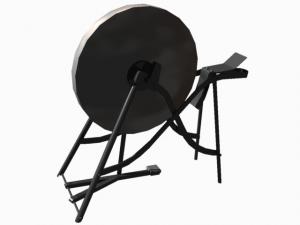20% off all products! Sale ends tonight at midnight EST.
April 1st, 2010 - 03:27 PM

Any image produced by a digital camera will look blurred. Because of image capture at the sensor level every image will need some sharpening. Technically, this soft image is produced internally by the anti-aliasing filter in front of the camera sensor. The demosaicing process will introduce additional softness. Camera files are not the only image files affected as the digitizing process of scanning produces a soft image also.
While every image file needs sharpening it should be remembered that sharpening should be the last step in your workflow. The main reason for this is that sharpening will introduce noise into the file. If noise is introduced at an early stage it will be amplified throughout your workflow.
There are three reasons for sharpening which bring about three types of sharpening.
* General Sharpening
* Color Interpretation Compensation
* Output Specific Sharpening
First, you should improve your image with some general sharpening. Because this has nothing to do with the final output size it should be very light. A heavy handed sharpening at this point will simply introduce problems later on. Because this type of sharpening is a general image type of sharpening some people refer to this as creative sharpening. It is good to use a layer mask which will allow you to sharpen specific areas of an image.
Second, you want to consider problems caused by the color interpretation or demosaicing process. If you shoot in RAW format this type of sharpening can be dome in your RAW file editor. In this case you should start with this step.
The final and most important sharpening is output specific sharpening. This means you should create a file that will output to the specific size you want to print and then sharpen that file. This sounds straight forward, but if additional softness is introduced by your means of printing you need to over sharpen your image. Unfortunately, this requires some trial and error until you get use to your specific printer. In general, a Lightjet print will not introduce more softness while an inkjet print will appear softer due to dithering.
It should be noted that if you use a RIP to print on your inkjet printer, the RIP may be doing its own sizing and sharpening at print time. You need to be familiar with your software in order to avoid this mistake.
Pete Hellmann Photography
Comments
There are no comments on this blog. Click here to post the first comment.